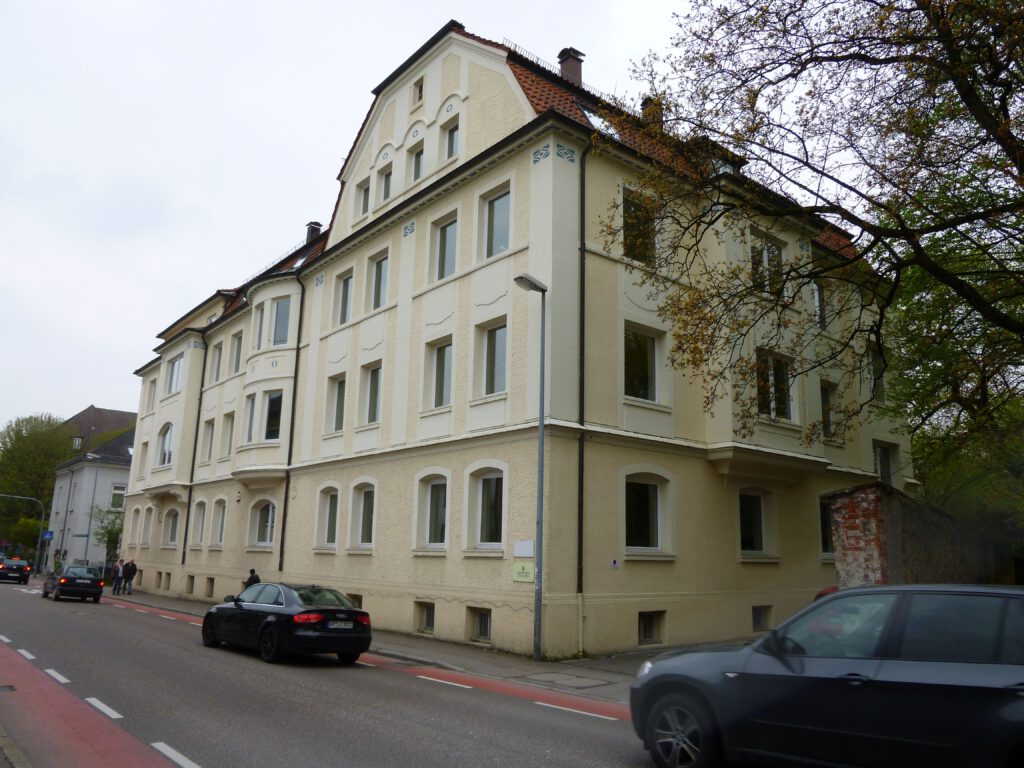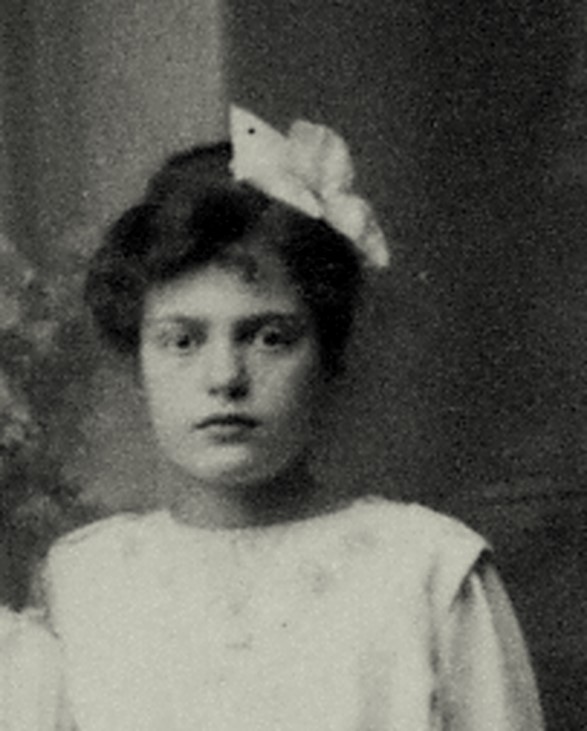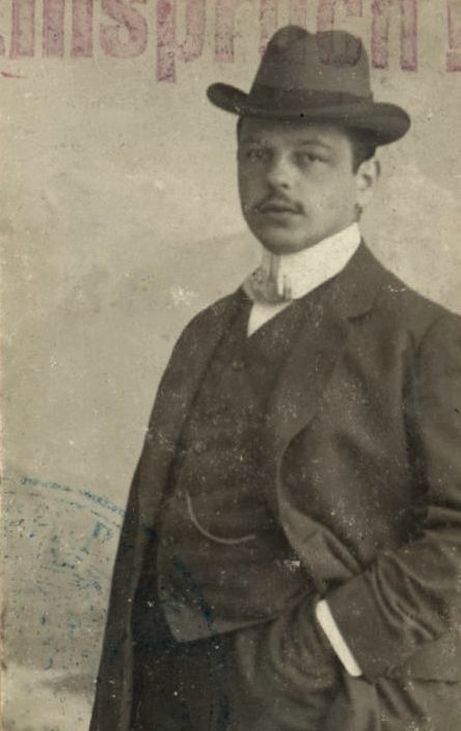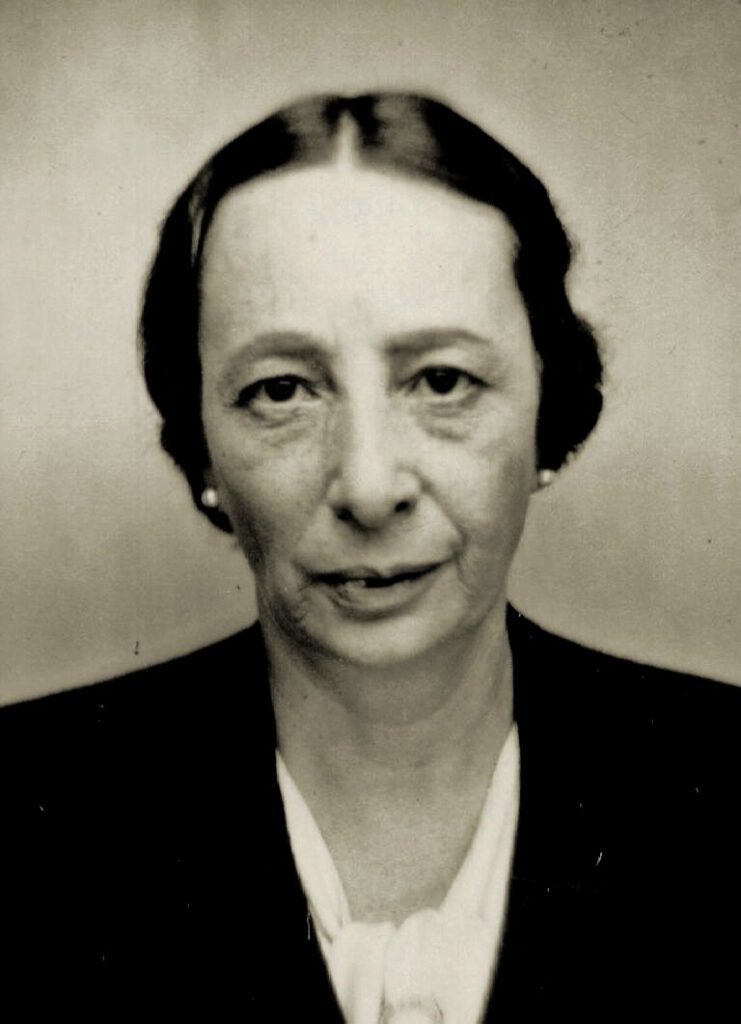Burgstr. 14

According to the ideology and racial fanaticism of the Nazis, there were two reasons leading to death sentence of Robert Leopold Einstein – as a psychiatric patient and as a Jew.
Well before the annihilation of Jews, the killing machine was put into action against the mentally ill and the disabled. This was preceded by forced sterilisation and abortion. These measures were designed to maintain the ”Purity of the Racial Corpus”. Already in 1920 Alfred Hoche and Karl Binding had published a pamphlet entitled “Allowing the destruction of Life Unworthy of Life” which outlined the criteria for the killing of mentally ill and disabled. Hoche, a psychologist, provided the medical arguments, and solicitor Binding the legal. There were also economic arguments: a needy people could not afford to expend money and the efforts of healthy individuals to support “human ballast”.
The concepts were mercilessly implemented between early 1940 and 24th of August in1941 in six killing centres, specially equipped with gas chambers and crematories. One of them was the former Samaritan Institution Grafeneck, where most patients from Württemberg were murdered. The clinics, then known as sanatoria (Heilanstalt), were instructed by the Ministry of the Interior to submit notification forms for patients with psychiatric or neurological disorders. In the Ministry patients were “selected”, and instructions given for these patients to be transferred to other sanatoria, from where they were deported to the killing centres. The interim transfer served to conceal the intent to kill.
The whole operation was planned in secret in an office of the Führer’s Chancellery in a villa located at Tiergartenstrasse 4 in Berlin, which gave the operation its postwar name “Aktion T4”. Of course it did not remain secret, since it affected ill and disabled from the entire population. Many relatives and the Churches protested continuously, so that Aktion T4 was eventually discontinued after a verbal order from Adolf Hitler on 24th of August1941. By then it had cost 70,000 people their lives.
Robert Einstein’s life
We do not know for certain which was the last voluntary residence of Robert Leopold Einstein. His parents, siblings and he probably spent their best times in Burgstraße 14/16, when the father’s and son-in-law’s business was flourishing.

Father Adolf Einstein and son-in-law Nathan Wortsmann were the directors of the company Joseph Einstein and Sons, Skins and Furs that was founded in 1867 in Jebenhausen and moved to Göppingen in 1873. The building Burgstraße 12 became the company location. In 1908 a duplex was build for the related families Einstein, Wortsmann and Banemann. A block of land opposite was purchased, on which a store house was built. These building activities indicates the profitability of the business.

Adolf Einstein married Karola Silbermann from Nuremberg on 5th of January 1898. They had four children: Joseph, born on 29th of November 1898, Siegfried, born on first of August1900, the later died at the age of two months, then Robert Leopold, born on second October1902 and Hildegard Gertrud born on 17th of August 1904. At that time the family was still living in Hauptstraße 6.

We know nothing about Robert Einstein’s childhood and youth. We can ask numerous questions about his development, his position in the family, his playmates, his life at school, his wishes and aims – we will probably never be able to answer them. We can consider what family and historical events influenced his life. The only things we really know are his patient record and the date of his death.
He was twelve years old when the First World War broke out, and his elder brother Joseph was called up. Two years later his father died in Munich on 9th of August 1916. If he ever had a carefree childhood, these disastrous events probably put an end to it. His uncle, Nathan Wortsmann died in 1918. Now the two widows to take over the business.
The war was over, people were poor, Germany had an enormous war debt and had to pay massive reparations. The decline of the business was inevitable. In 1921 Julie Wortsmann left the company, followed by Robert’s mother Karola Einstein in 1926. Her position was taken over by Stefan Banemann, Julie Wortsmann’s son-in-law. Presumably the company was closed in 1928.
The accumulation of catastrophes during the formative years of puberty and adolescence probably contributed to the destabilisation of Robert Einstein’s personality. We don’t know if he perhaps completed a commercial apprenticeship, or was employed in the family business. It would be interesting to know which events led to his admission to the sanatorium in 1929; whether he sought help voluntarily or was forced, and what it meant for his family – in particular his mother. Not out of sheer curiosity – but out of compassion and the need to comprehend at least the outline of a life that was declared unworthy and then destroyed.
On 28th of November 1929, Robert Einstein was admitted to the Rottenmünster Sanatorium in Rottweil. It can be assumed that he no longer lived in Göppingen at that time, otherwise Christophsbad would have been the relevant clinic – but there is no record of him being a patient there. It is possible that he lived part of the time in Rottweil, but was not registered there. On 15th of April 1936 he was transferred to the sanatorium and nursing home Liebenau with the diagnosis of schizophrenia. In September 1938 he was transferred to the State (of Württemberg) Nursing Home Markgröningen for reasons that could not be established.
On his registration card in the Markgröningen city archive, his date of admission is recorded as 30th of September 1938, his profession as businessman, and diagnosis as “geisteskrank n. Wehrd.” (= mentally ill after military service?? – it is unlikely that Robert Einstein served in the military, being too young of age). It also notes “suitable for light work.”
We do not know what life was like for Robert Einstein in this institution. Was he visited by his family, did he receive mail, was he rebellious or scared? Many questions, no answers. On 26th of November 1940 he was transferred by bus to the killing centre in Grafeneck and murdered the same day.
The fate of Robert Einstein’s family
In 1932 Robert’s elder brother Josef and their mother opened a natural casing and spice business in Schwäbisch Gmünd. A former employee remembers Josef Einstein as a cheerful person who had a warm, close relationship with his mother. In 1935 Josef Einstein died on a business trip in Erfurt at the age of 37. Karola Einstein had now lost a further child. We cannot know what this stroke of fate meant for her. Now only her daughter Gertrud remained.
A month after the death of her son Josef, Karola moved back to her unmarried brother Wilhelm Silbermann in Nuremberg. In 1935 her daughter Gertrud was also registered in Nuremberg. It is not known if she had been living there previous to her registration. Karola Einstein was deported from Nuremberg to Theresienstadt concentration camp on tenth of September 1942, and only 19 days later, on the 29th of September 1942 to Treblinka where she was murdered, the according date is unknown.

Gertrud managed to escape to England in 1939, and survived the war in London. In 1948 she applied to the Württemberg Ministry of Finance for the restitution of the house in Burgstrasse 14. The application was denied, since the sale of the house had not been compulsory. Gertrud Einstein died in London in 1950, the last member of a family of six that according to the will of a barbarous regime was to be wiped out, leaving not the slightest trace of their individual lives.
Robert Einstein’s uncle Wilhelm Silbermann, who had lived in Nuremberg has been deported in March 1942 to the Izbica ghetto, where any trace of him was lost. Robert’s aunt Martha Einstein, née Silbermann, was deported together with her husband Sigmund from their residence in Fürth to Camp Riga/Jungfernhof, where they were murdered. Sigmund Einstein was not related to the Einstein family from Göppingen.

(Source: Nuremberg City Archives)
The Stolperstein for Robert Einstein was laid on 2nd October 2013.
(20.12.2016 fw/mw /ir)


Leave a Reply